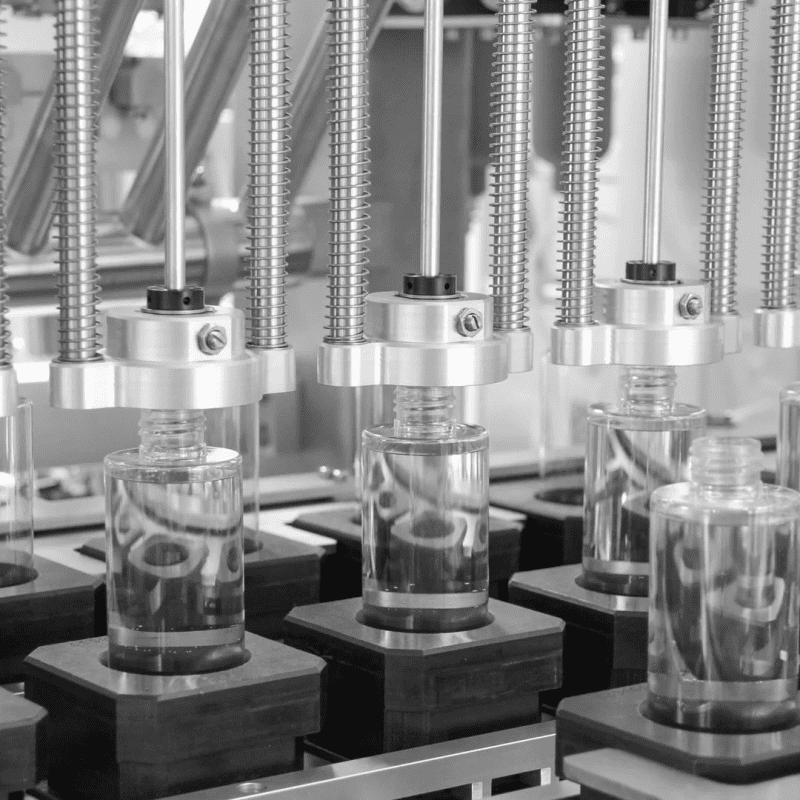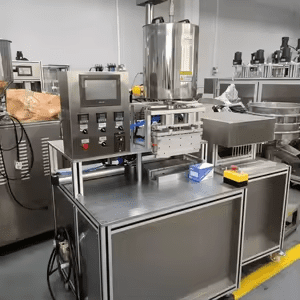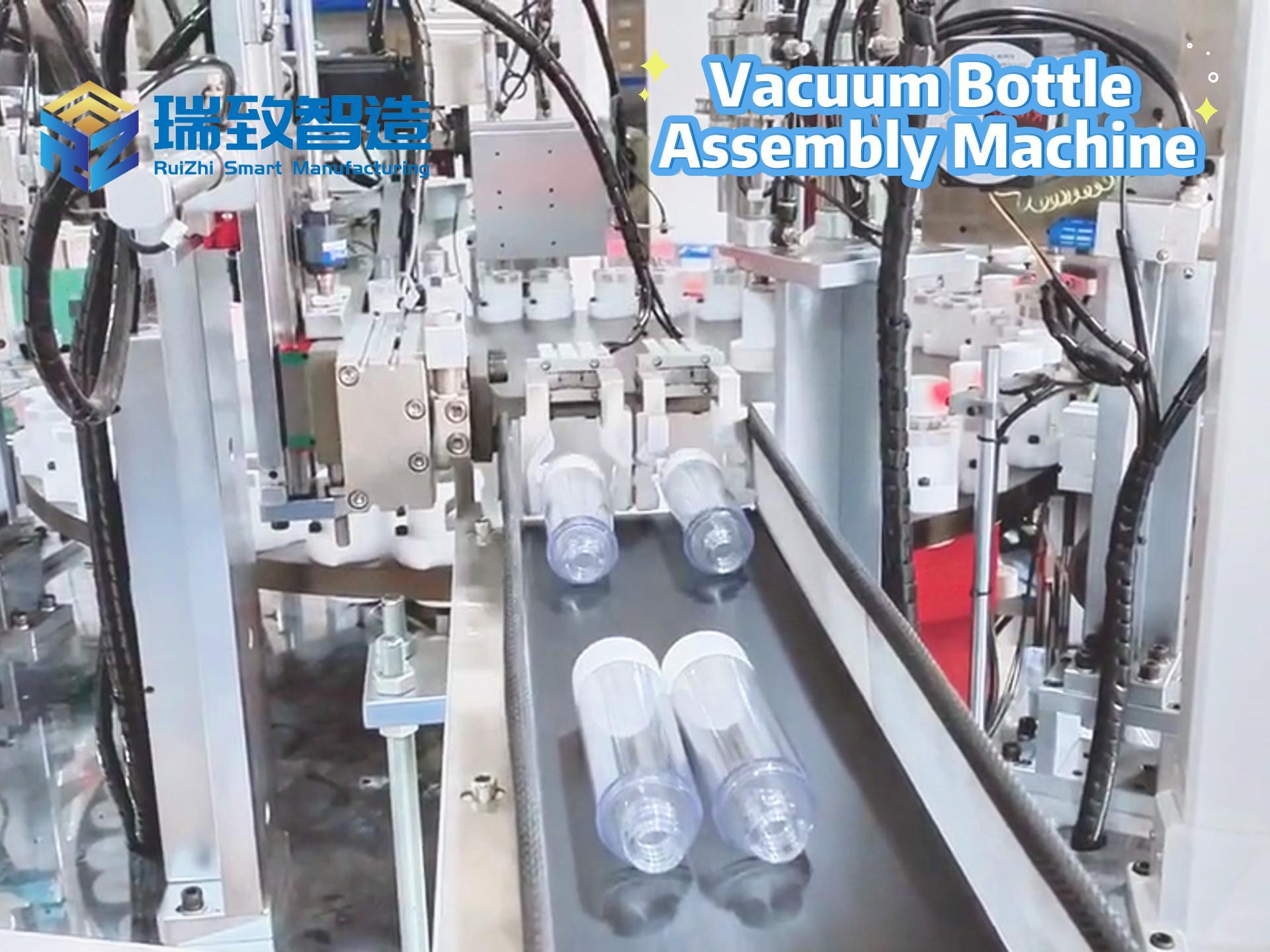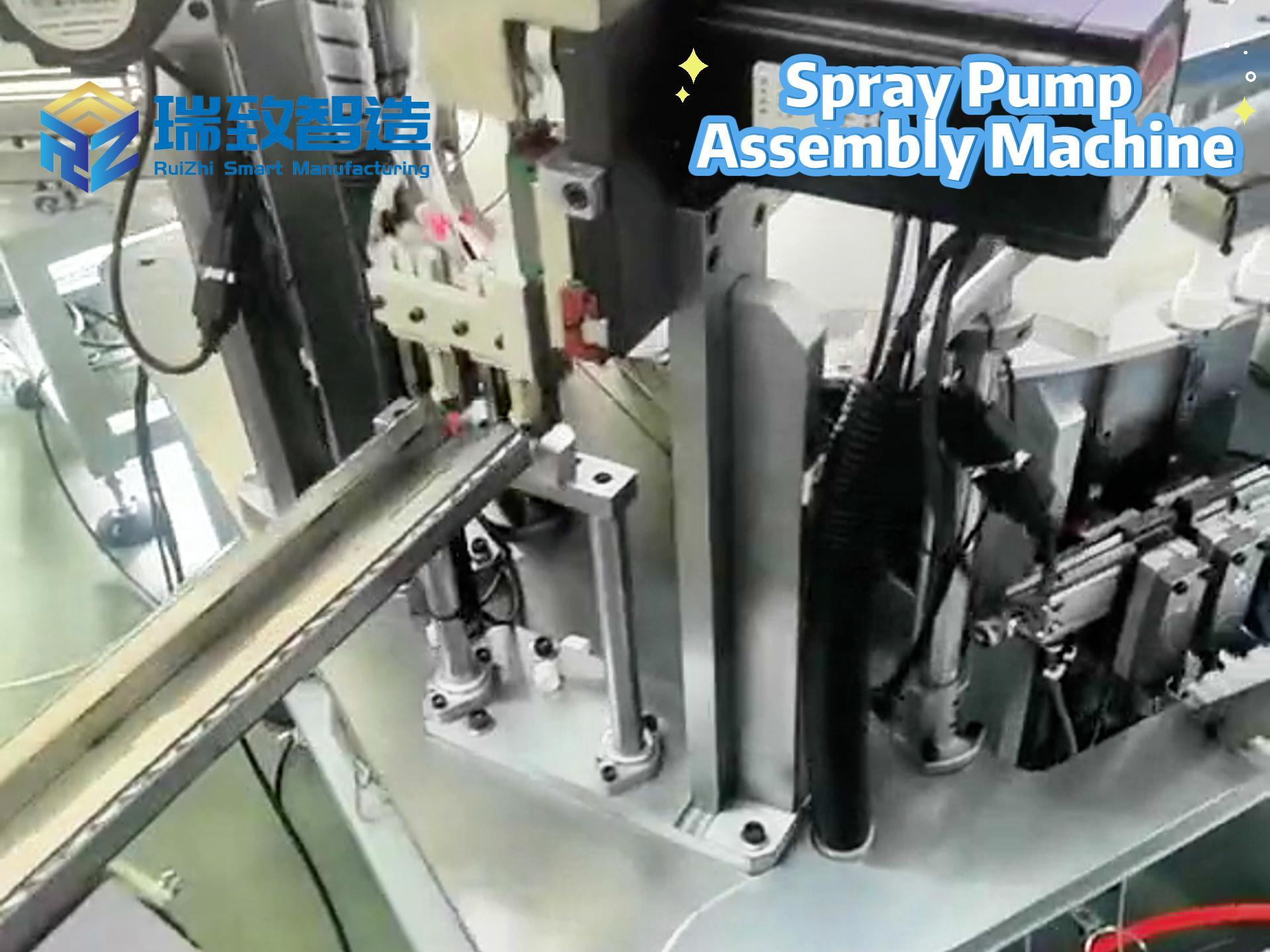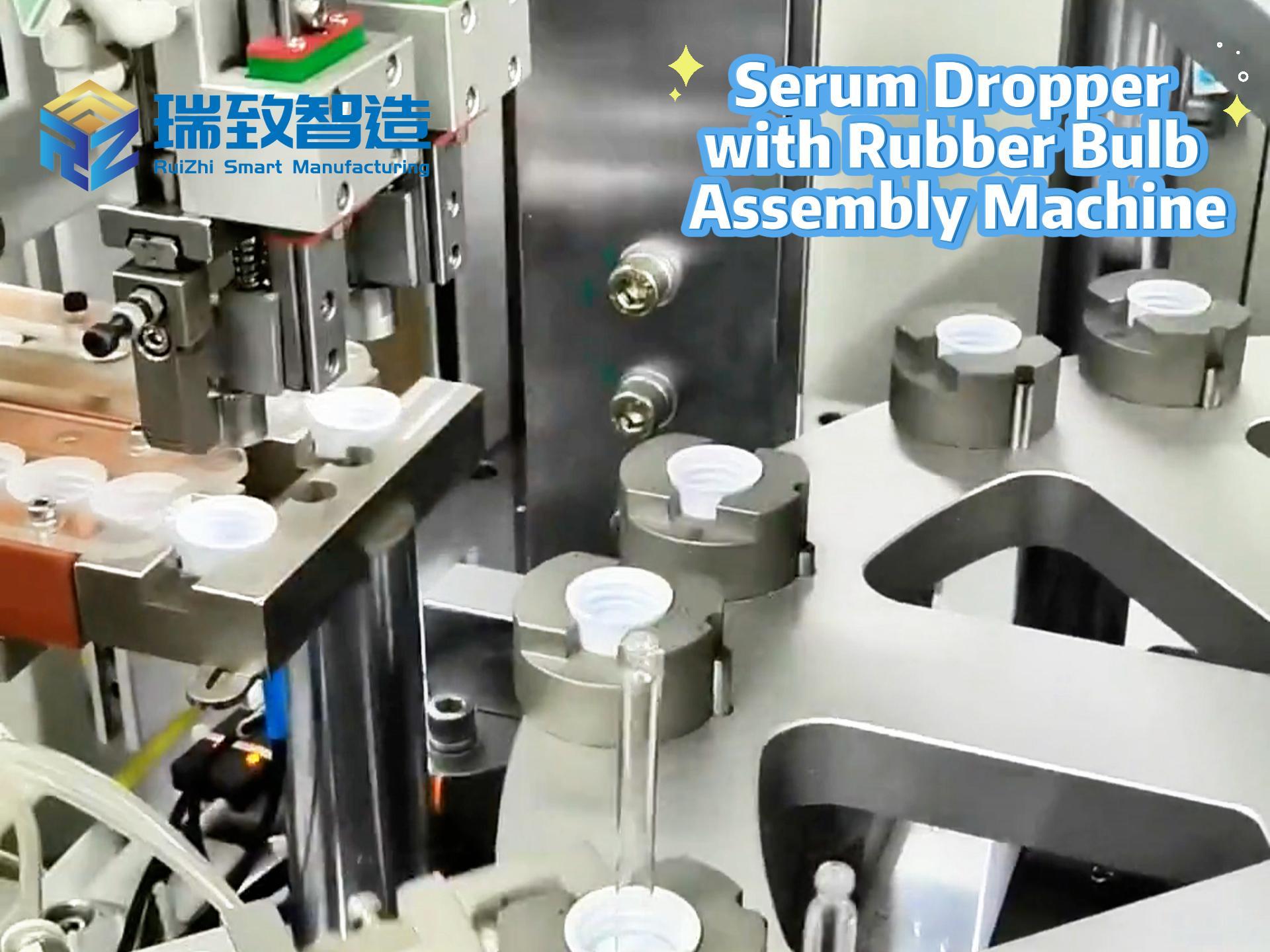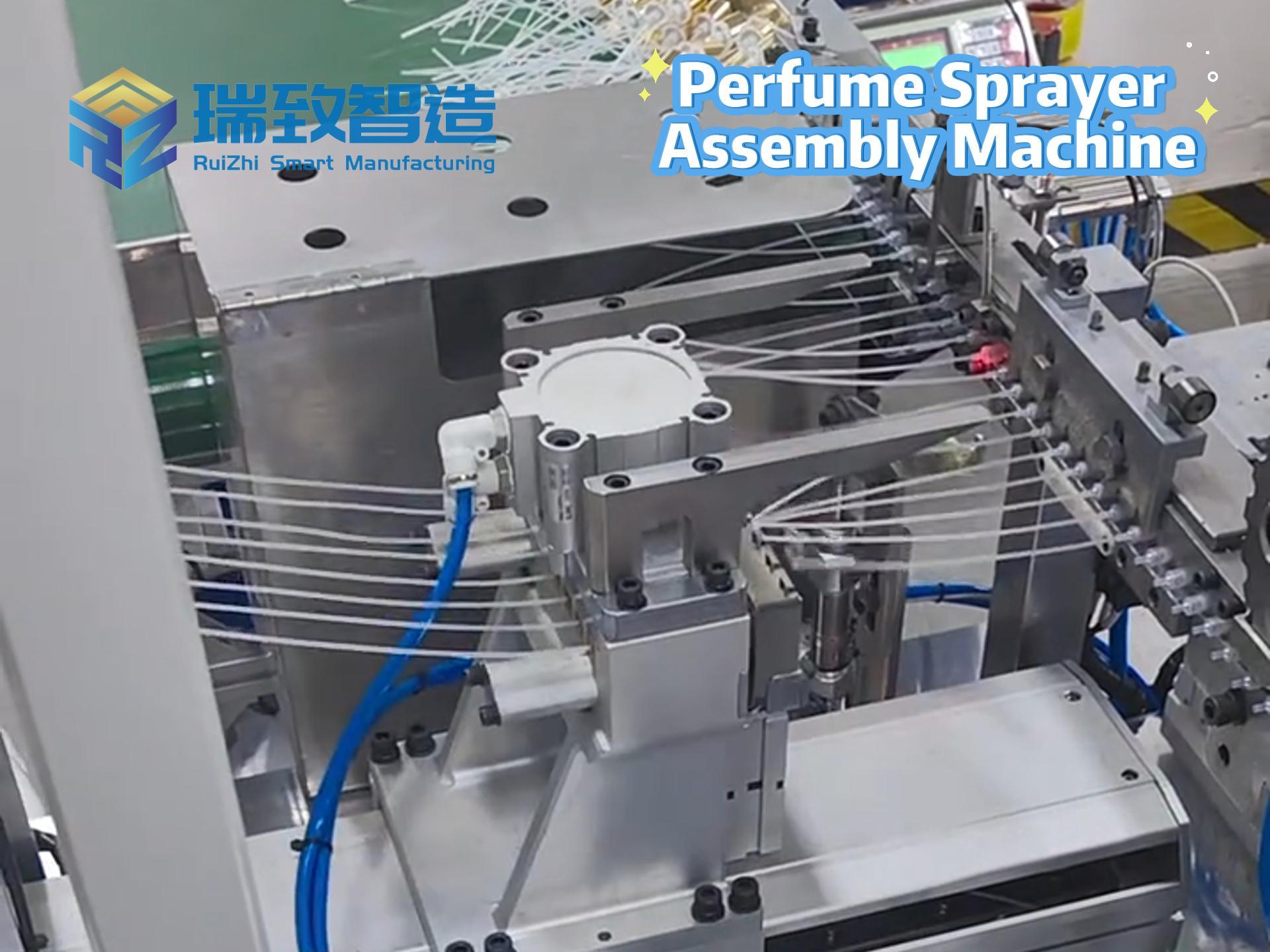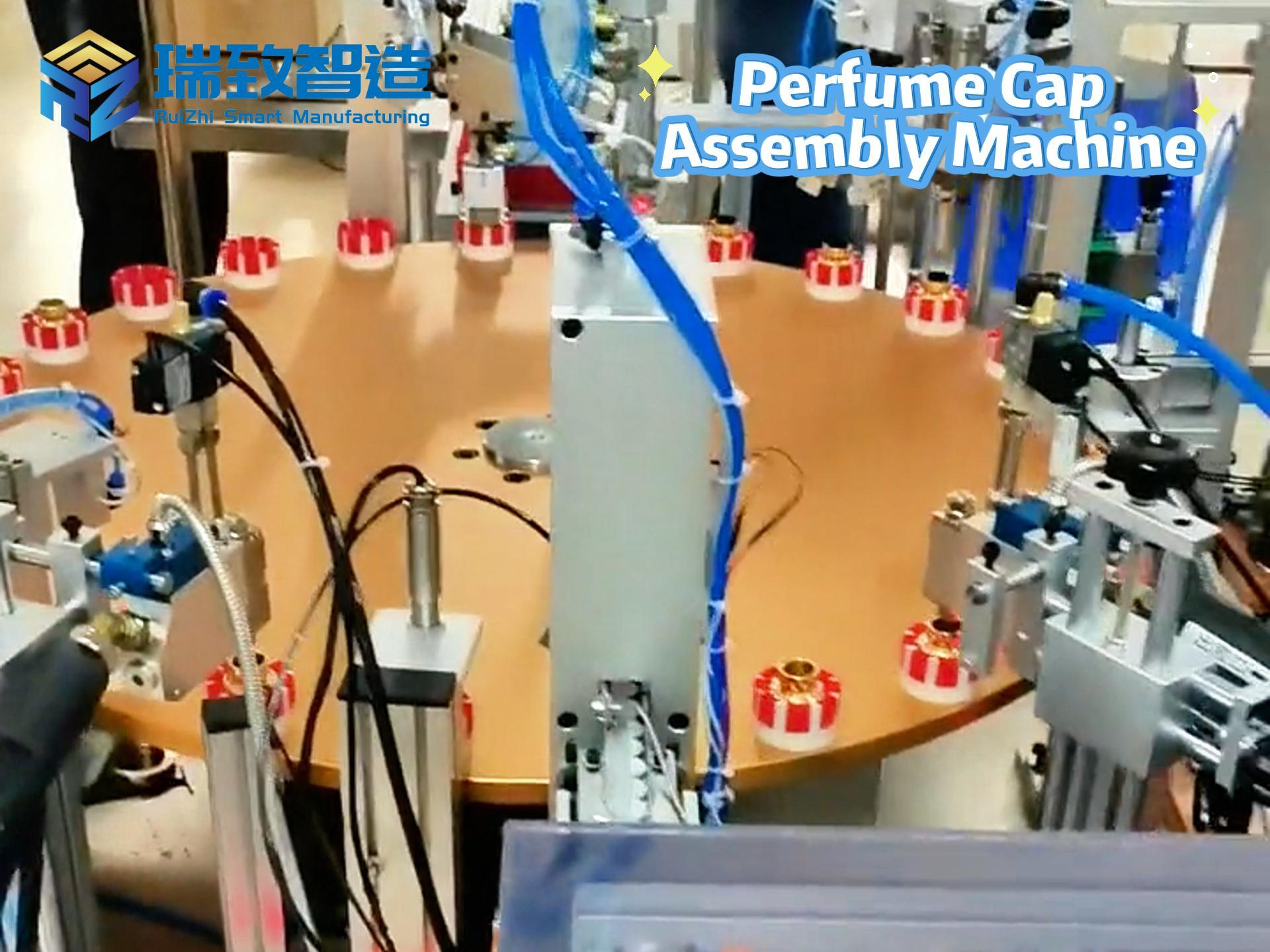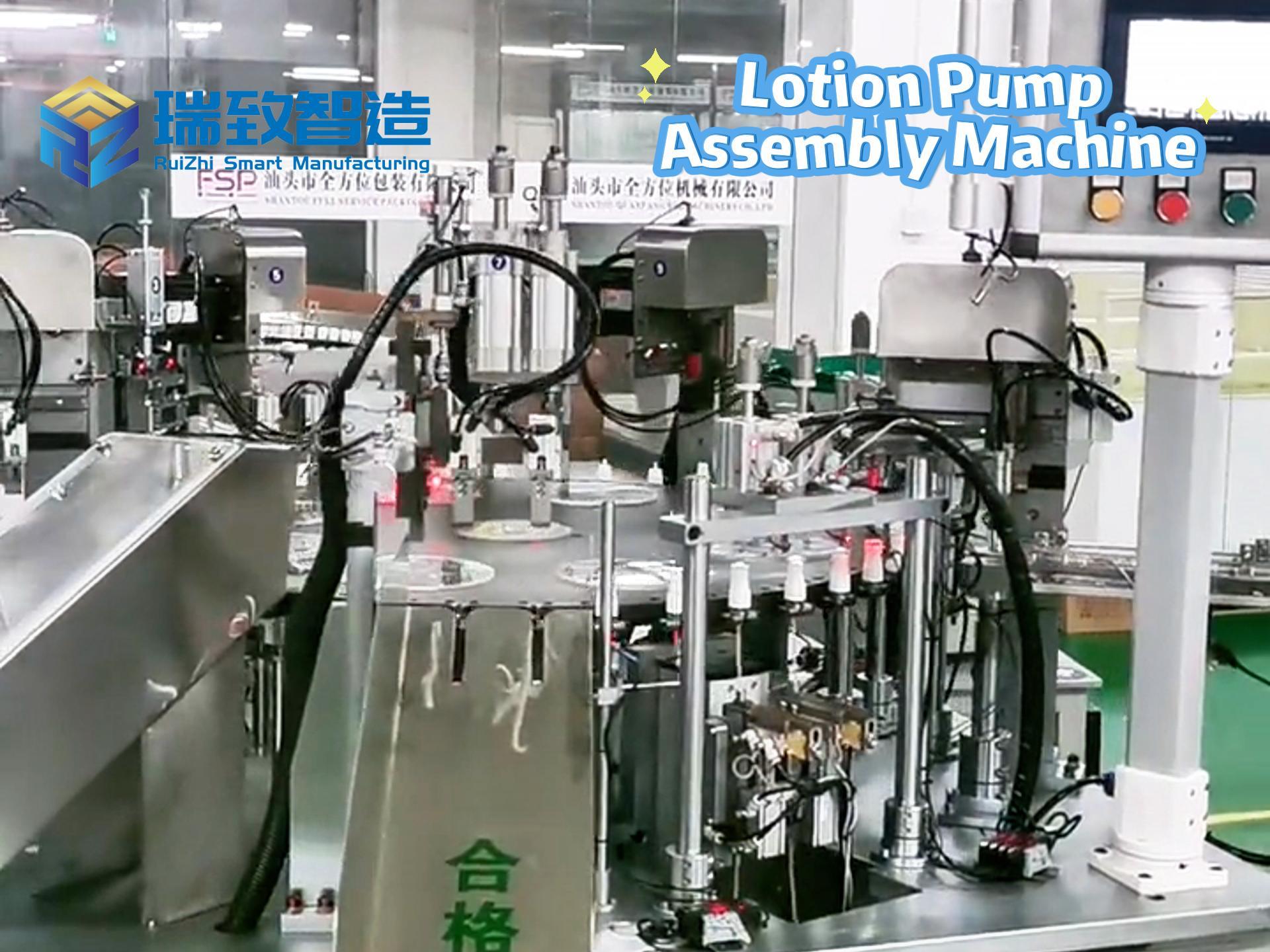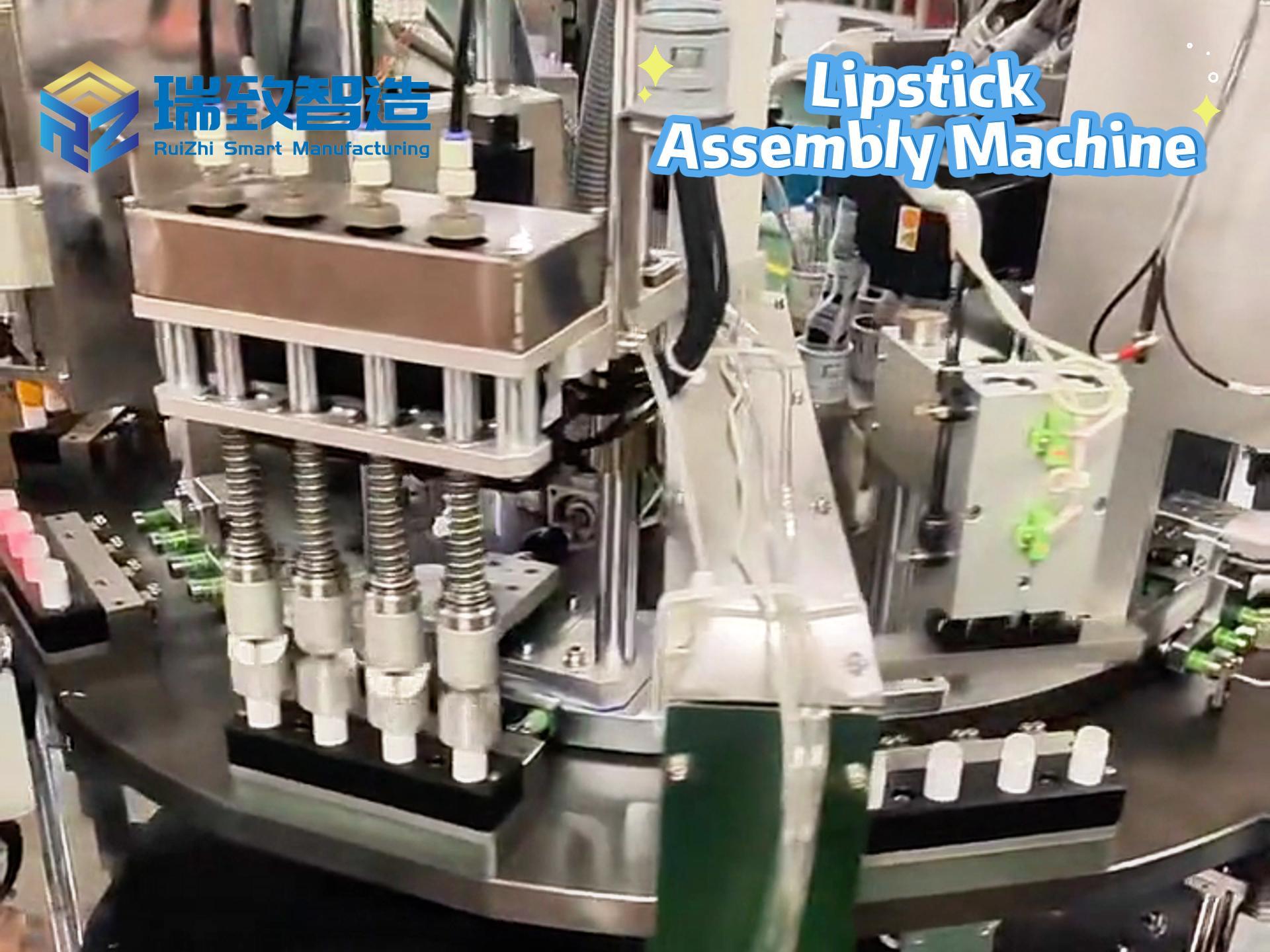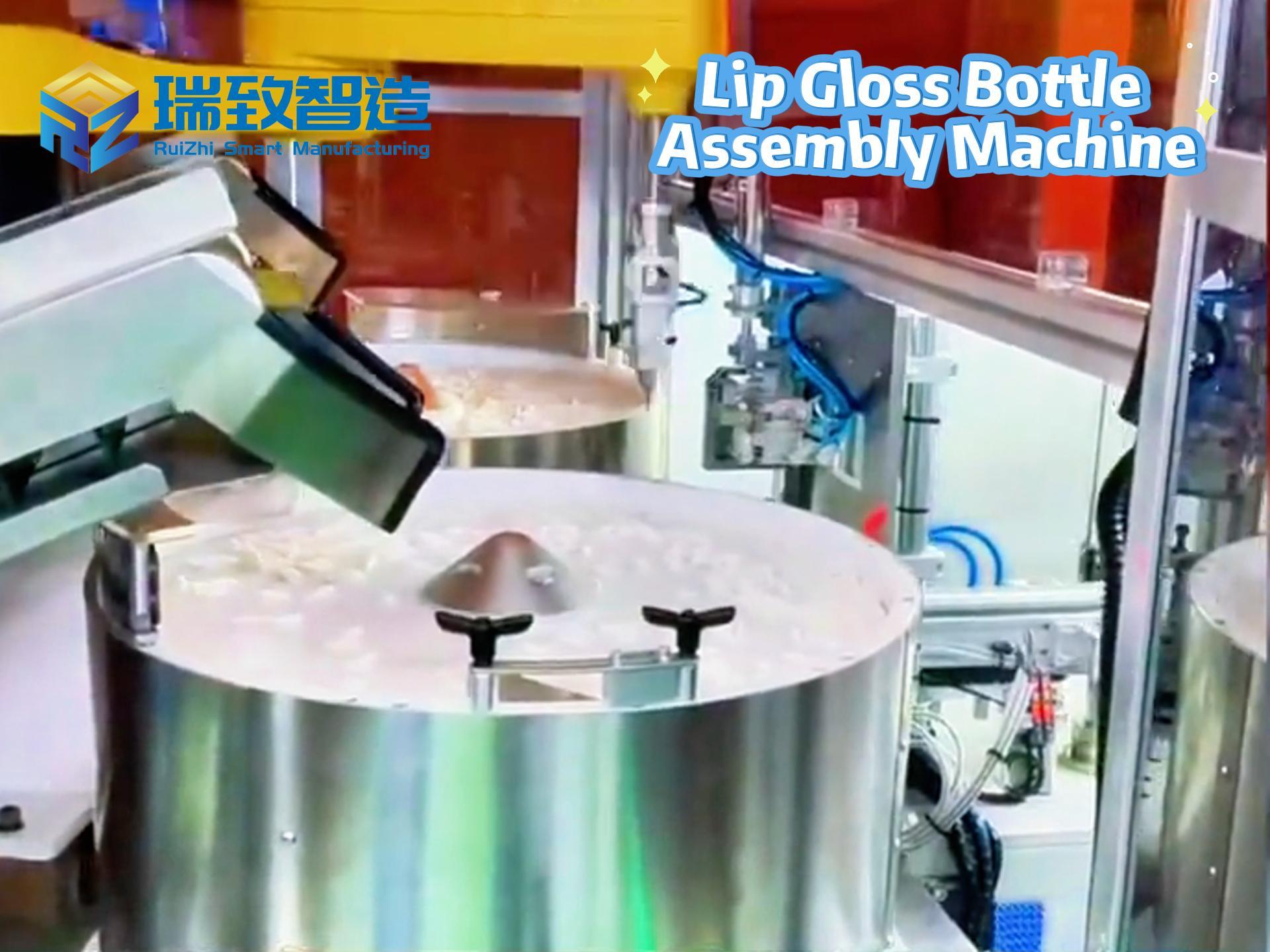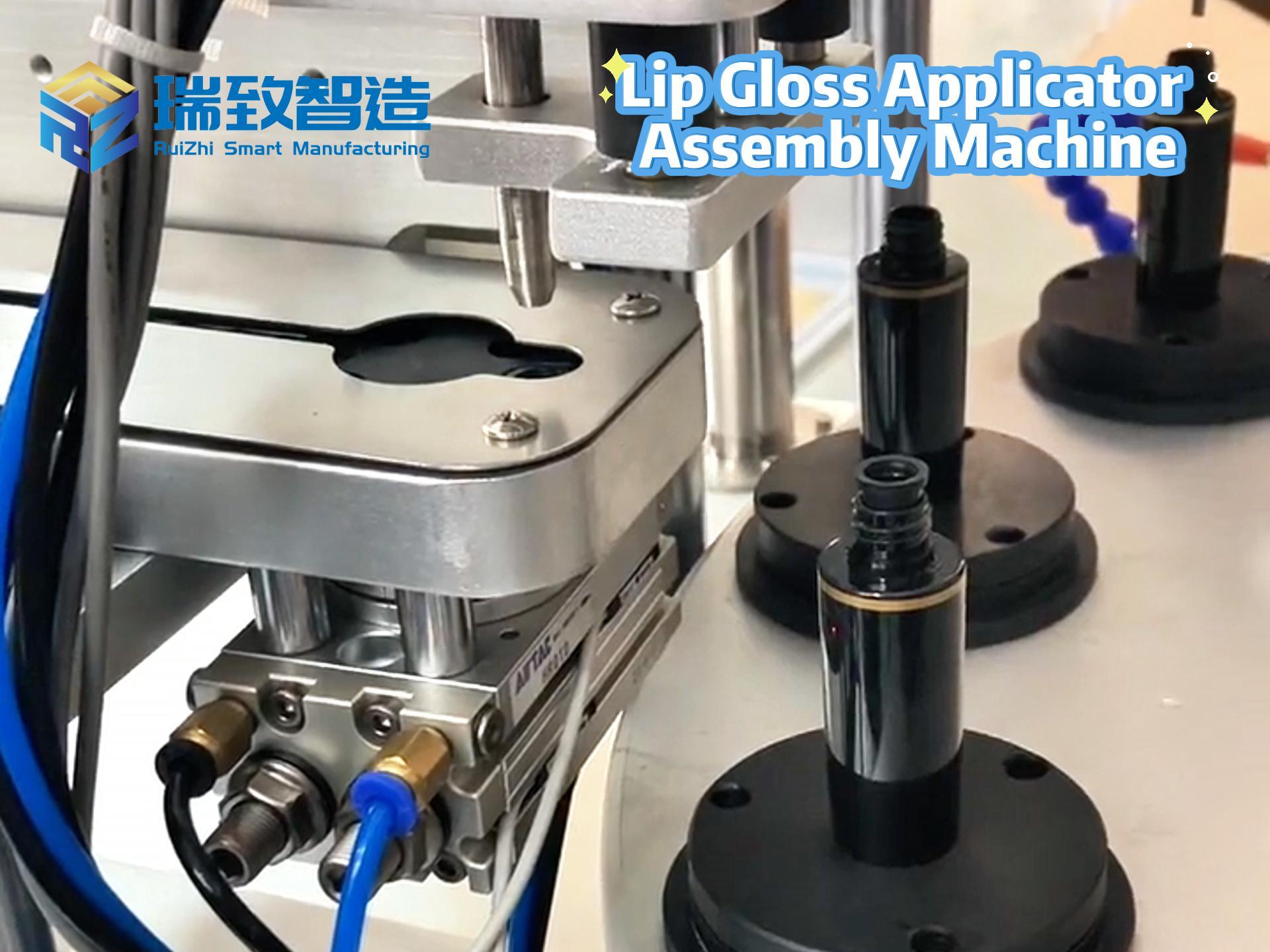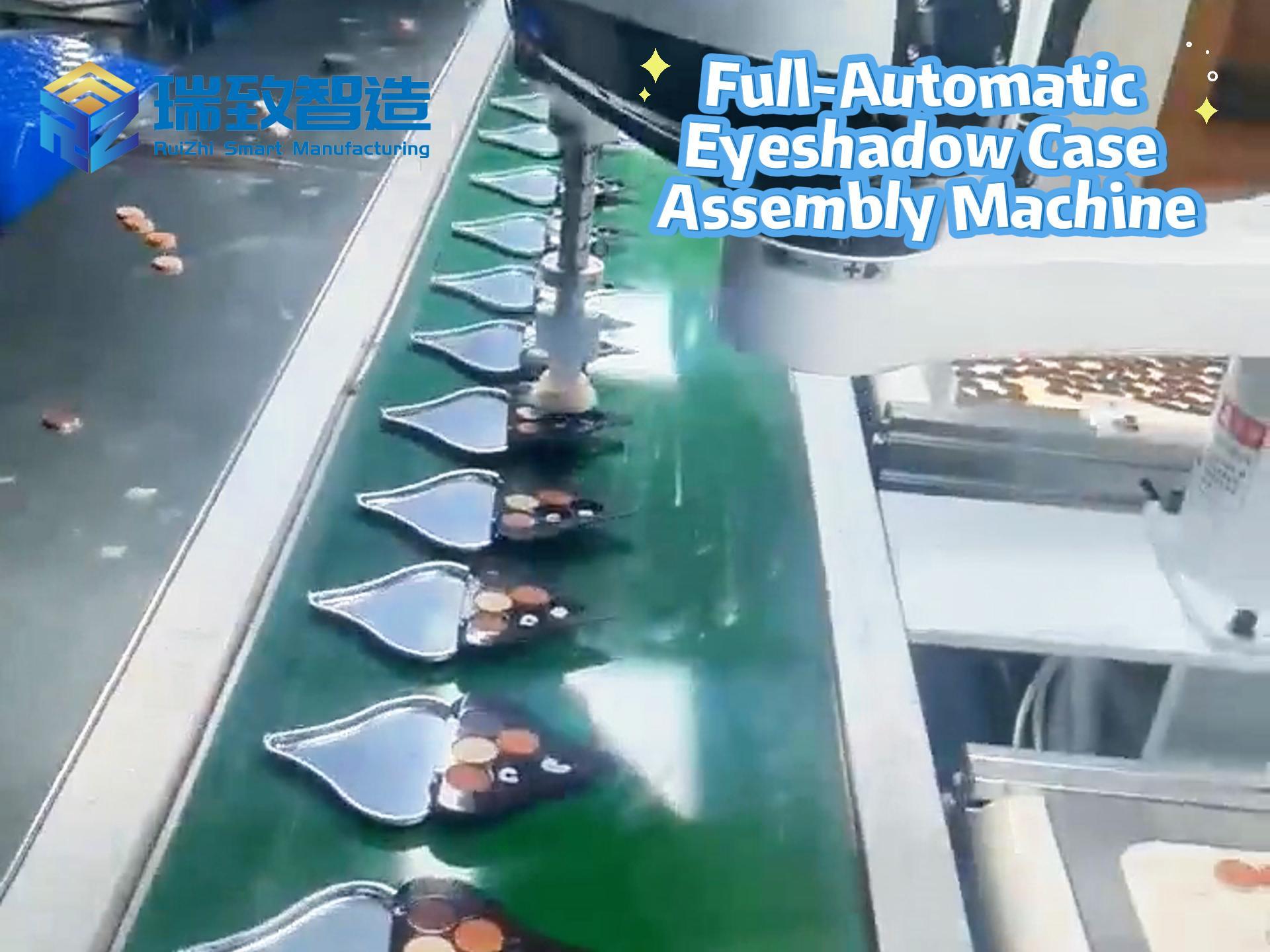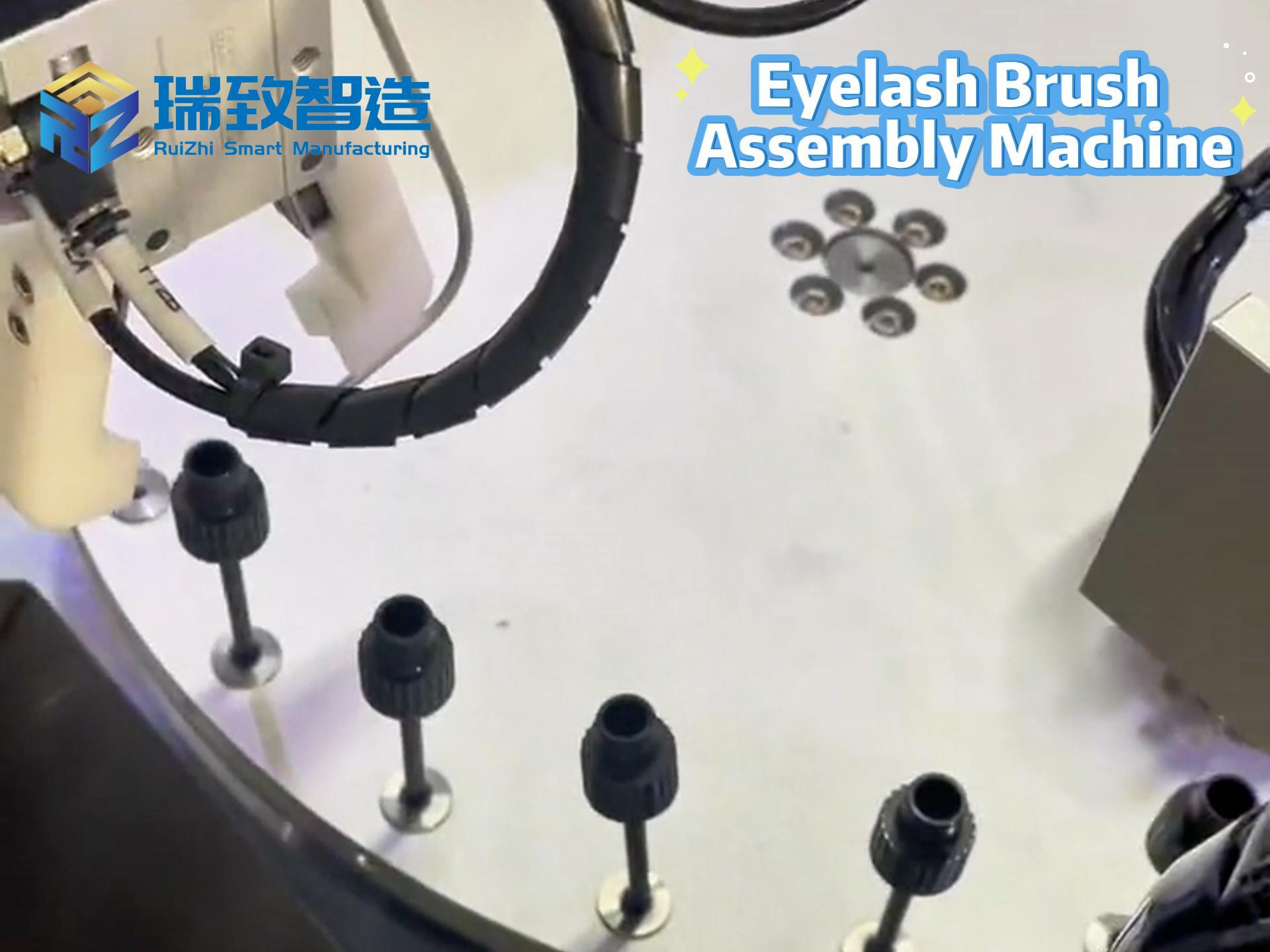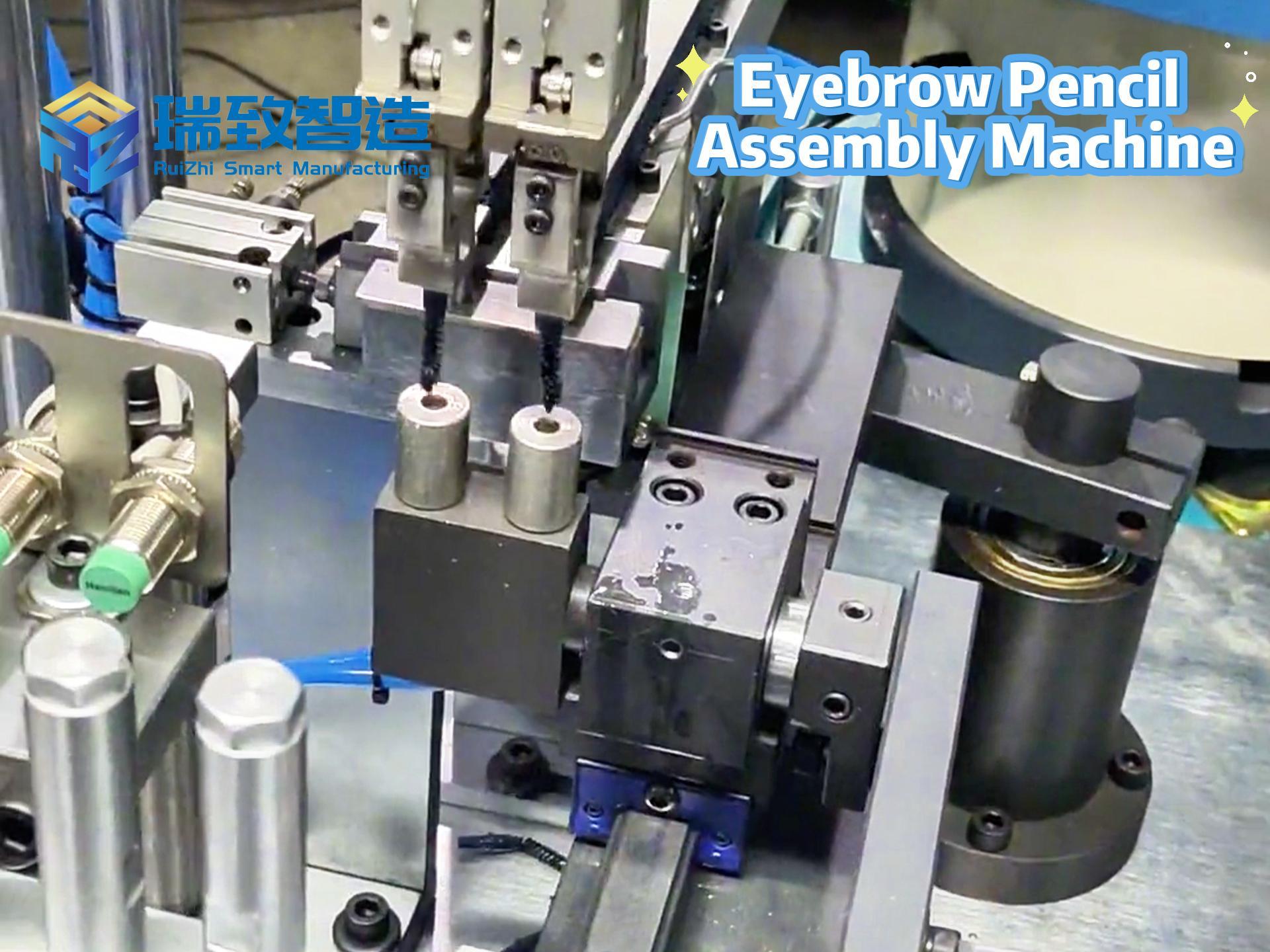In the fast-paced world of electronics manufacturing, where miniaturization, precision, and speed define success, the Automated Loading Assembly Machine for Electronic Components has emerged as a transformative force. These specialized systems bridge the gap between component handling and assembly, addressing the unique challenges of working with tiny, delicate electronic parts—from 0.1mm microchips to 5mm connectors. By automating the loading of components into assembly workflows and executing intricate joining tasks with sub-millimeter accuracy, these machines have redefined productivity, reliability, and scalability in industries ranging from consumer electronics to automotive semiconductors. This article explores the technology, applications, and impact of these systems, highlighting how they enable the production of the devices that power our modern world.
Defining the System: Purpose and Core Capabilities
An Automated Loading Assembly Machine for Electronic Components is an integrated automation solution designed to:
Automatically loadelectronic components (resistors, capacitors, ICs, connectors, etc.) from storage (trays, tapes, reels, or bulk bins) into precise positions for assembly.
Assemble componentsonto PCBs (printed circuit boards) or into subassemblies via processes like soldering, press-fitting, gluing, or clamping.
Inspect and validateeach step to ensure quality, traceability, and compliance with strict industry standards (e.g., IPC-A-610 for PCB assembly).
What sets these machines apart is their ability to handle the extreme precision required for electronic components: a 0.05mm misalignment in placing a 0.3mm chip can render an entire PCB nonfunctional. They combine high-speed motion with microscopic accuracy, making them indispensable in an industry where component sizes shrink yearly and production volumes soar.
Core Components: The Technology Behind Precision
The machine’s performance hinges on the seamless integration of five key subsystems, each optimized for electronic components’ unique traits (small size, fragility, and sensitivity to static or contamination):
1. Automated Loading Subsystem: Feeding Components with Micron-Level Accuracy
The loading subsystem retrieves components from their storage medium and presents them to the assembly unit in exact orientation—critical for successful assembly. Its design varies by component type:
Tape-and-Reel Feeders: For high-volume, standardized components (e.g., 0402 resistors, SOT23 transistors), tape-and-reel feeders advance pre-packaged components to a pick position. A precision stepper motor indexes the tape, while a peel mechanism removes the cover film, exposing components for robotic picking. These feeders handle up to 12,000 components per hour, with positional accuracy of ±0.02mm.
Tray Handlers with Vision Alignment: For larger or irregular components (e.g., BGA chips, connectors), tray handlers use robotic arms to extract parts from static-safe trays. 3D vision systems (e.g., Cognex In-Sight 3D-L4000) scan the tray to locate components, even if they’re slightly misaligned, and guide the robot to pick them with ±0.01mm precision. Anti-static grippers (conductive rubber or carbon-fiber tips) prevent electrostatic discharge (ESD), which can damage sensitive ICs.
Bulk Feeders with Singulation: For small, unoriented components (e.g., 1mm metal pins, 2mm plastic spacers), bulk feeders use vibratory bowls or centrifugal discs to sort and singulate parts. Custom tooling (e.g., electrostatically charged tracks for plastic parts) ensures components exit in a single line, oriented correctly (e.g., pins pointing upward). A vision system verifies orientation, rejecting misaligned parts to avoid assembly errors.
Inline Integration with Component Manufacturing: Advanced systems connect directly to component production lines (e.g., resistor trimming machines), loading freshly made components into assembly workflows without intermediate storage. This reduces handling and minimizes contamination risks—critical for high-purity components like optical sensors.
2. Robotic Assembly Arm: The “Hand” of Precision
Robotic arms execute the physical assembly tasks, placing components onto PCBs or into subassemblies with sub-millimeter precision. Their design is tailored to component size and assembly complexity:
SCARA Robots (Selective Compliance Articulated Robot Arm): Ideal for high-speed, planar assembly (e.g., placing resistors on a PCB), SCARA robots (e.g., Epson T3, Yamaha YK-XG) offer horizontal reach up to 500mm and repeatability of ±0.01mm. A SCARA robot assembling a smartwatch PCB can place 8,000 0402 resistors per hour—equivalent to 10 manual operators, with zero fatigue-related errors.
6-Axis Collaborative Robots (Cobots): For flexible, mixed-component assembly (e.g., combining SMDs with through-hole connectors), cobots (e.g., Universal Robots UR5e, Doosan A0509) excel. Equipped with force-torque sensors, they adjust pressure when placing delicate components—applying 0.1N to a 0.5mm LED to avoid cracking its lens, while using 1N for a sturdier USB connector.
Delta Robots: For ultra-high-speed picking (e.g., sorting 1mm diodes from bulk), delta robots (e.g., ABB FlexPicker) with parallel arms achieve cycle times under 0.5 seconds. Their lightweight design and vacuum grippers (with porous ceramic tips) handle components as small as 0.05mm, making them indispensable in smartphone camera module assembly.
3. Assembly Execution Tools: Joining Components with Reliability
Once components are loaded and positioned, specialized tools join them to PCBs or subassemblies, ensuring electrical and mechanical integrity:
Solder Paste Dispensers and Reflow Ovens: For surface-mount technology (SMT) assembly, automated dispensers apply precise amounts of solder paste (down to 0.01mm³) to PCB pads. The assembly then moves through a reflow oven, where controlled heating (200–260°C) melts the paste, forming a secure electrical bond. Advanced systems adjust paste volume based on component size—e.g., 0.02mm³ for a 0201 resistor vs. 0.1mm³ for a QFP chip.
Press-Fit Tools with Force Control: For through-hole components (e.g., D-sub connectors), press-fit tools use servo motors to insert pins into PCB holes with controlled force (5–50N). A force sensor ensures the pin is seated fully (detecting “half-insertions” that cause intermittent connections) without damaging the PCB’s copper traces.
Conductive Adhesive Dispensers: For heat-sensitive components (e.g., MEMS sensors), robotic dispensers apply electrically conductive adhesives (ECAs) with ±0.05mm precision. The adhesive cures at low temperatures (80–120°C), avoiding damage to sensitive electronics while forming a reliable bond.
4. Inspection and Quality Control Subsystem
Given electronic components’ critical role in device functionality, inline inspection is non-negotiable. This subsystem verifies component placement, solder quality, and absence of defects:
AOI (Automated Optical Inspection) Systems: 2D and 3D cameras (e.g., Omron VT-S720, Koh Young Zenith) scan assembled PCBs, comparing them to a digital “golden sample.” They detect defects like:
Misalignment (e.g., a BGA chip shifted by 0.1mm, risking open circuits).
Solder bridges (excess solder connecting adjacent pads).
Missing components (e.g., a resistor skipped during placement).
X-Ray Inspection: For hidden joints (e.g., BGA or CSP underfill), X-ray systems (e.g., Nordson DAGE XD7600) penetrate the component to check solder ball formation—ensuring 100% of balls are properly wetting the PCB pads, critical for high-reliability applications like aerospace electronics.
Electrical Test Integration: Some systems include inline testers (e.g., flying probes) that verify continuity and resistance, ensuring assembled components function as designed. A tester checking a PCB for a IoT sensor might run 50 electrical tests in 10 seconds, flagging shorts or opens before the board proceeds to final assembly.
5. Control and Software System: The “Brain” of Coordination
A centralized control system synchronizes loading, assembly, and inspection, ensuring seamless workflow and traceability:
PLCs and Motion Controllers: Programmable logic controllers (e.g., Siemens S7-1200) coordinate feeder indexing, robot movement, and tool actuation, with motion controllers (e.g., Yaskawa MP3300) governing axis positioning to ±0.001mm.
CAD-to-Machine Programming Software: Engineers import PCB CAD files into software (e.g., Valor NPI, Siemens Xcelerator) that automatically generates robot pick-and-place paths, reducing programming time from days to hours. For a new smartphone PCB with 2,000 components, the software optimizes robot movement to minimize travel time, cutting cycle time by 15%.
MES Integration: Manufacturing Execution Systems (MES) log every step—component lot numbers, placement coordinates, solder temperatures, and inspection results—enabling full traceability. If a defect is found in field use, engineers can trace it to a specific feeder, robot, or batch of components, streamlining root-cause analysis.
Industry Applications: Enabling Innovation Across Sectors
The machine’s versatility makes it indispensable across electronics sectors, each with unique demands:
Consumer Electronics: High-Speed, Miniaturized Assembly
Smartphones, laptops, and wearables rely on the machine to assemble dense PCBs with tiny components:
Case Study: A leading smartphone OEM uses the system to assemble 5G modem PCBs, featuring 3,000+ components (including 0.3mm BGA chips and 0201 resistors). Key features:
Tape-and-reel feeders with 12 lanes, each handling a different component type.
A SCARA robot with a multi-nozzle head (8 nozzles) placing 10,000 components per hour.
3D AOI with 5μm resolution checking for solder defects on BGA underfill.
Result: The line produces 500 PCBs per hour with a defect rate of 0.002% (2 defects per 100,000 components), enabling the OEM to meet launch deadlines for new models.
Automotive Electronics: Reliability for Safety-Critical Systems
Automotive electronics (e.g., ADAS sensors, ECU modules) demand zero defects, as failures risk human safety:
Case Study: A Tier 1 automotive supplier uses the system to assemble radar sensor PCBs for self-driving cars. Key features:
Tray handlers with ESD-safe materials to protect sensitive RF components.
6-axis cobots with force control placing 1mm connectors, ensuring 0.05mm alignment for signal integrity.
X-ray inspection verifying 100% of BGA solder balls (critical for radar performance).
Result: The system achieves a “zero-defect” rate (1 ppm), with MES logs satisfying ISO 26262 (functional safety) requirements.
Medical Electronics: Precision for Life-Saving Devices
Medical devices (e.g., pacemakers, insulin pumps) require small-batch, high-precision assembly with strict compliance:
Case Study: A medical device firm assembles PCBs for portable ECG monitors, featuring 500 components (including 0.5mm electrodes and 2mm microcontrollers). Key features:
Bulk feeders with HEPA filtration to prevent particulate contamination (critical for cleanroom Class 7 environments).
Collaborative robots with soft grippers placing components, avoiding static discharge that could damage sensitive ICs.
Inline electrical testing verifying signal accuracy (±1mV) for reliable heart rate monitoring.
Result: Small-batch runs (100 units) are assembled in 4 hours (vs. 24 hours manually), with full traceability for FDA audits.
Industrial Electronics: Durability for Harsh Environments
Industrial sensors and controllers must withstand vibration, temperature extremes, and moisture:
Case Study: A manufacturer uses the system to assemble rugged PLC modules for factory automation. Key features:
Press-fit tools inserting through-hole connectors with 20N force, ensuring vibration resistance (tested to IEC 60068-2-6).
Conformal coating dispensers applying a 0.05mm layer of protective polymer over assembled PCBs.
Thermal cycling tests (from -40°C to 85°C) integrated into the line, verifying component stability.
Result: The modules achieve a 10-year mean time between failures (MTBF), doubling the reliability of manually assembled units.
Advantages Over Traditional Methods
The machine outperforms manual or semi-automated assembly in key metrics:
Metric Manual/Semi-Automated Assembly Automated Loading Assembly Machine
Throughput 500–1,000 components/hour 5,000–15,000 components/hour
Defect Rate 1–5% (misplacement, ESD damage, fatigue) 0.001–0.1% (precision-controlled)
Component Size Handling Limited to ≥1mm (human dexterity) ≤0.05mm (via robotic precision)
Traceability Poor (manual logs, missing data) Complete (digital logs, MES integration)
Scalability Limited by labor availability Unlimited (24/7 operation, modular expansion)
Challenges and Mitigation Strategies
While transformative, the machine faces unique challenges, addressable with targeted solutions:
1. Handling Ultra-Small Components
Components under 0.1mm (e.g., 01005 resistors) are prone to static cling, jamming, or misalignment.
Solutions:
Electrostatic Neutralization: Ionizers integrated into feeders and robot arms neutralize static charges, preventing components from sticking to grippers or trays.
Micro-Vacuum Grippers: Porous ceramic nozzles with 5μm pores generate precise vacuum pressure (0.1–0.5kPa) to pick 01005 components without crushing them.
2. Cost and Complexity
The machine costs $100,000–$1M, with complex programming and maintenance.
Solutions:
Modular Design: Start with core functions (e.g., SMT placement) and add modules (e.g., X-ray inspection) as needed, spreading costs.
Vendor Training Programs: Operators and technicians receive certification in feeder calibration, robot programming, and AOI setup, reducing downtime from skill gaps.
3. Component Variability
Inconsistencies in component dimensions (e.g., 0.05mm variations in connector height) can disrupt assembly.
Solutions:
Adaptive Vision Systems: AI-powered vision adjusts robot placement in real time to compensate for variations—e.g., shifting a connector’s position if its height exceeds tolerance.
Force-Feedback Assembly: Robots with force sensors detect resistance during insertion and adjust position, ensuring a secure fit even with dimensionally variable parts.
Future Trends: The Next Frontier of Precision
The machine is evolving with advances in AI, connectivity, and miniaturization:
AI-Driven Predictive Maintenance: Sensors monitoring feeder vibration, robot joint wear, and gripper performance will predict failures, triggering maintenance before downtime occurs—reducing unplanned stops by 30%.
Digital Twin Simulation: Virtual replicas of the machine will simulate assembly of new PCBs, optimizing feeder setup, robot paths, and solder profiles to minimize physical testing—cutting new product introduction time by 50%.
Atomic Force Microscopy (AFM) Integration: For components approaching nanoscale (e.g., 50μm sensors), AFM tips will enable robotic placement with atomic-level precision, opening doors for next-gen medical and quantum electronics.
Sustainable Design: Low-power robots (e.g., 24V DC systems) and energy-recovery feeders will reduce electricity use by 25%, aligning with global sustainability goals.
Conclusion: The Backbone of Modern Electronics Manufacturing
The Automated Loading Assembly Machine for Electronic Components is more than a tool—it is the foundation of the electronics revolution. By enabling the precise, high-speed assembly of ever-smaller components, it powers the devices that define our lives: smartphones, cars, medical equipment, and industrial systems. As electronics continue to miniaturize and demand grows, these machines will evolve, pushing the boundaries of precision, efficiency, and reliability. For manufacturers, embracing this technology isn’t just a choice—it’s the key to staying competitive in a world where innovation waits for no one.
#flexible automation means #custom assembly machines #assemble pc singapore



